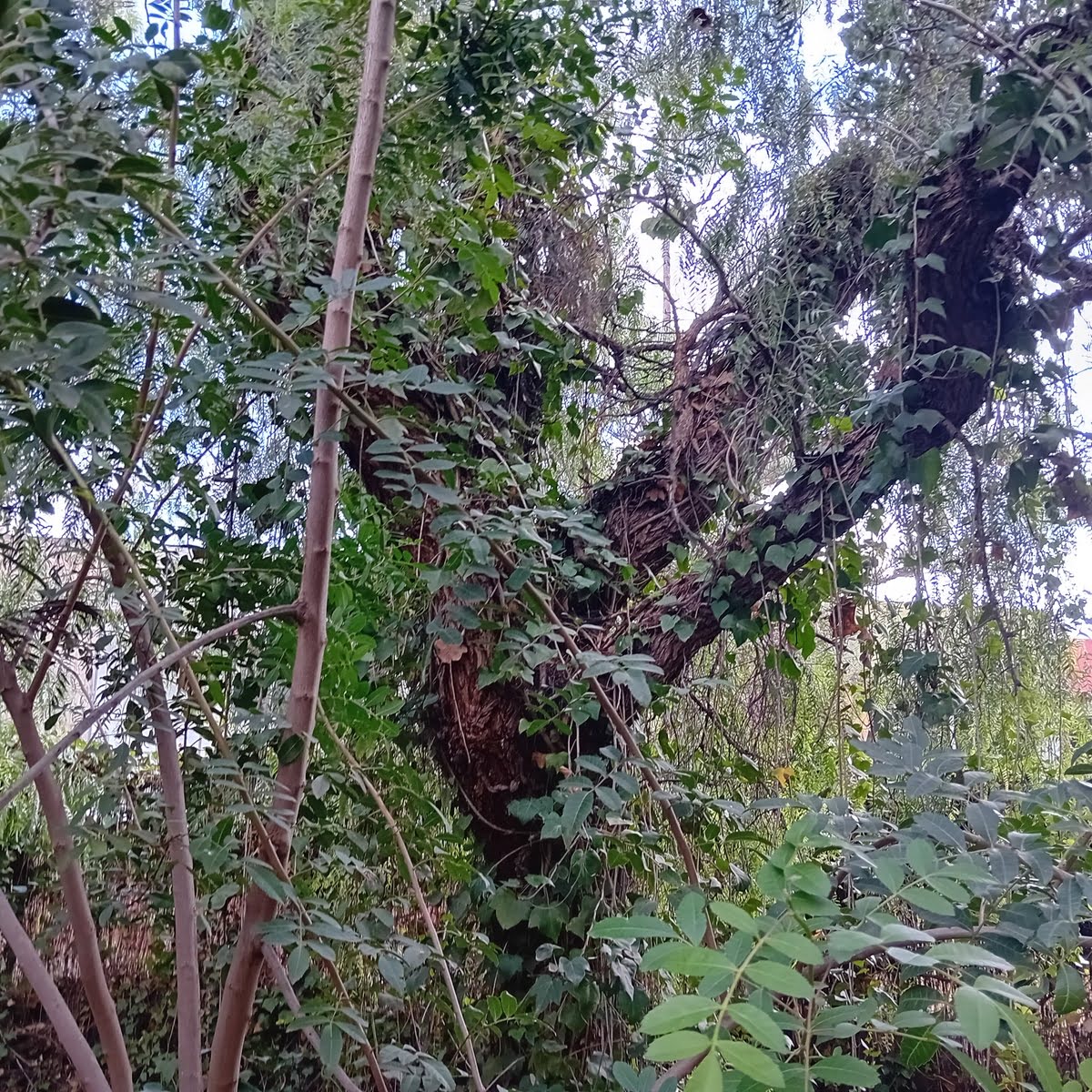Forest bathing – What is it?
Nature has always been and continues to be our natural environment. It all began on the African savannah, from where humanity spread to other continents. Europe welcomed humans with dense forests, woodlands, and wetlands. The lowland forests of our part of the continent were such a valuable resource that nearly all of them were felled. In Poland, only a small fragment has survived— the Białowieża Forest. When people moved to cities and became disconnected from their natural environment, they began to feel unwell. Civilization diseases emerged, linked to sedentary lifestyles, overwork, stress, poor diets, and a lack of natural surroundings. A cure for these ailments seems to be a return to our roots—to the forest.
Beginning of forest therapy in Japan
The idea of seeking help by returning to nature and studying this phenomenon from a medical perspective originated in Japan—a country with immense urban populations. It is also the country where disorders like hikikomori (complete social withdrawal) and karojisatsu (suicide from overwork and stress) were first diagnosed.
Forest bathing stems from the Japanese practice of shinrin-yoku, which involves consciously spending time in the forest to regain and strengthen one’s health. In practice, it is a slow, mindful walk during which participants focus on the present moment, attempting to absorb the forest with all their senses and connect with it. Although the tradition of forest bathing is older, the formal beginning of the shinrin-yoku practice is marked by 1982, when Japanese professor Yoshifumi Miyazaki visited the volcanic island of Yakushima, covered by an ancient cedar forest, to study the effects of forest walks on psychological functioning and physiological stress. He proved that such walks improve mental well-being and reduce salivary cortisol levels—a hormone produced during chronic stress. Professor Miyazaki’s research culminated in the creation of the first forest therapy center in the Akasawa Forest in Nagano Prefecture, as well as the launch of a national project called “The Therapeutic Effects of Forests.”
Development of forest therapy in the world
In 2007, the Japanese Society of Forest Medicine was established in Osaka. The following year, another comprehensive forest therapy center, based on the life cycle (from birth to death), was opened in Korea. Over the years, the idea spread beyond Asia to the rest of the world. In 2012, nature tourism guide Amos Clifford founded the Association of Nature and Forest Therapy (ANFT) in the United States—an international organization based on the principles of East Asian forest bathing. Since its inception, ANFT has trained forest therapy guides, emphasizing the scientific foundations of forest therapy and cultural transparency. In 2018, Irishwoman Shirley Gleeson and Spaniard Alex Gesse founded the European Forest Therapy Institute, which in 2019 expanded and renamed itself the Forest Therapy Institute (FTI). This institution certifies forest bathing guides and forest therapists.
A certified forest guide works in areas such as stress reduction, wellness, and health prevention. A forest therapist undergoes training to gain knowledge about applying therapeutic and rehabilitation interventions for people seeking mental health support. Since 2020, FTI has been organizing certification training sessions in Poland as well. The Białowieża Forest also houses the Forest Therapy Center led by Katarzyna Simonienko. In addition to certification training, international conferences and workshops on forest therapy and forest bathing are organized worldwide.





